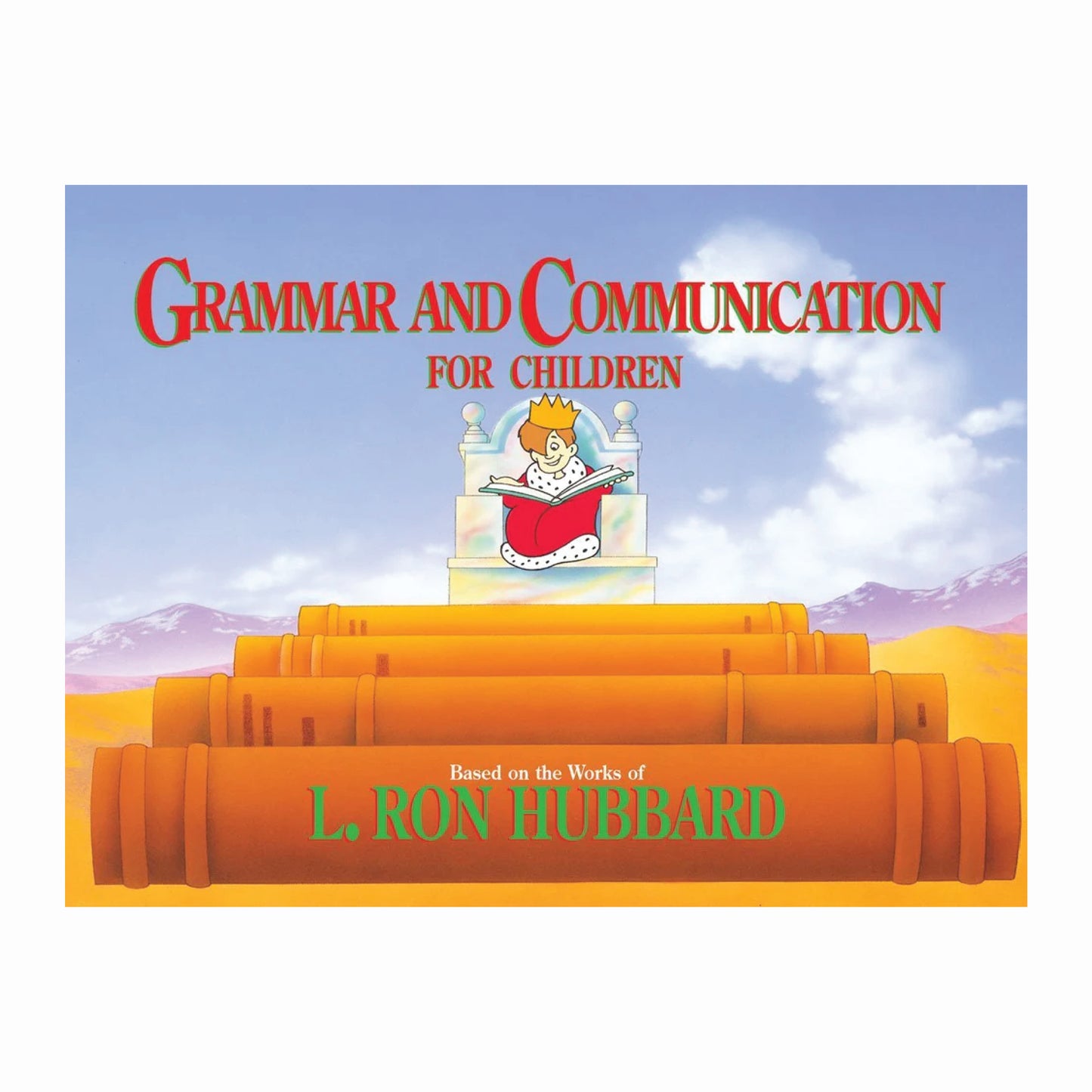Grammar and Communication for Children | Study Technology
Grammar and Communication for Children | Study Technology
Couldn't load pickup availability
Share
The basic building block to learning and communicating is the written and spoken language. If your child cannot express his thoughts or ideas well, he will be shut off from the fruits of understanding and success in life.
The fundamental of speech and writing, grammar, has always been taught as a complicated, confusing and constricting set of rules that very few people understand. Until now.
This revolutionary book contains easy-to-read text and is full of illustrations that make effective communication with grammar simple to understand. With this unique approach, children can gain the ability to communicate their ideas well-something which is vital to preparing them for life. Suitable for children from ages of 8 to 12 years old.
Barriers to Learning
Overfilled class-sizes, economic disadvantages and "learning disorders" are common. Yet underlying all of this, there are three primary barriers that keep one from successfully studying a subject. Despite all that has been written on the subject of study, these three barriers were never isolated as having such importance in effective education.
This is not attention deficit disorder, emotional problems, or stupidity at work. This is the emotional or physical reaction a student of any age will experience when encountering one of these barriers to learning.
Students fail to learn because no one has ever taught them how to learn how to identify the barriers to learning and how to overcome them.
What are the three primary barriers to learning? The answer is found in the Study Technology given in the book Learning How to Learn, central to which is the delineation of these barriers to study. Never before recognized, these yet constitute the primary reasons for educational failures.
Study Technology
It was into the face of an academic crisis that L. Ron Hubbard developed his educational methods. Drawn from some four decades of experience as an educator, these methods represent the first comprehensive understanding of the actual barriers to effective learning. Mr. Hubbard further developed a precise technology to overcome those barriers, and thus how to learn and applyany body of knowledge.
In total, his contribution to the field is known as Study Technology and provides the first fully workable approach to teaching students how to learn.
It offers methods for recognizing and resolving all difficulties in absorbing material, including a previously unacknowledged barrier that ultimately lies at the bottom of all failures to pursue a given course of study.
In short, then, this Study Technology helps anyone learn anything and has proven to achieve uniform, consistent results wherever it has been applied. Because it is based on fundamentals common to everyone, it cuts across economic, cultural or racial lines and can be used by all, regardless of age.
Indeed, the three definitive texts on the subject, The Basic Study Manual, Study Skills for Life and Learning How to Learn essentially differ only in their treatment of the material. The first is designed for teenagers and above, while the second is aimed at younger readers, with the third offering the basics of Study Technology to children between the ages of eight and twelve.
The point being, Mr. Hubbards study techniques have proven as effective in the elementary school as they have in the executive suites of multinational corporations.

